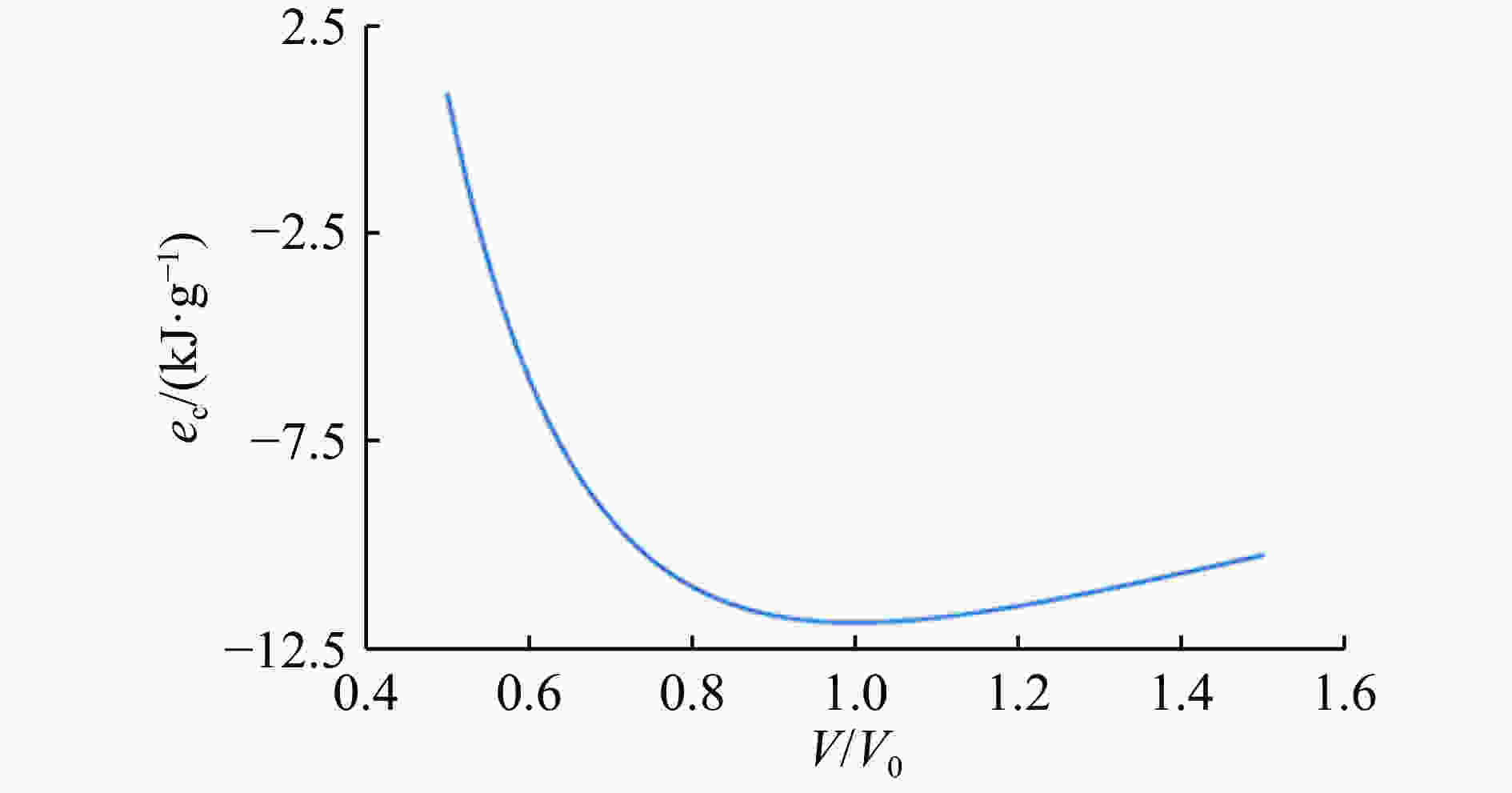| [1] |
LIU Menglong, WANG Qiang, ZHANG Qingming, et al. Characterizing hypervelocity(>2.5 km/s)-impact-engendered damage in shielding structures using in-situ acoustic emission: simulation and experiment [J]. International Journal of Impact Engineering, 2018, 111: 273–284. DOI: 10.1016/j.ijimpeng.2017.10.004.
|
| [2] |
张雄, 廉艳平, 刘岩, 等. 物质点法[M]. 北京: 清华大学出版社, 2013: 7; 186.
|
| [3] |
ZHANG X, CHEN Z, LIU Y. The material point method [M]. Amsterdam: Elsevier Academic Press, 2017: 7.
|
| [4] |
ZUKAS A J. Introduction to hydrocodes [M]. Amsterdam: Elsevier Academic Press, 2004: 94−95.
|
| [5] |
汤文辉, 张若棋. 物态方程理论及计算概论 [M]. 2版. 北京: 高等教育出版社, 2008: 282.
|
| [6] |
贾光辉. 航天器结构超高速碰撞数值仿真[M]. 北京: 北京航空航天大学出版社, 2017: 18.
|
| [7] |
HIERMAIER S J. Structures under crash and impact [M]. Berlin: Springer Press, 2008:72.
|
| [8] |
SULSKY D, SCHREYER H L. Axisymmetric form of the material point method with application to upsetting and Taylor impact problems [J]. Computer Methods in Applied Mechanics and Engineering, 1996, 139(1/2/3/4): 409–429. DOI: 10.1016/s0045-7825(96)01091-2.
|
| [9] |
MA X, ZHANG D Z, GIGUERE P T, et al. Axisymmetric computation of Taylor cylinder impacts of ductile and brittle materials using original and dual domain material point methods [J]. International Journal of Impact Engineering, 2013, 54: 96–104. DOI: 10.1016/j.ijimpeng.2012.11.001.
|
| [10] |
黄鹏, 张雄. 显式物质点法的计算格式比较 [C] // 第五届全国爆炸力学实验技术学术会议. 西安, 2008: 220−229.
|
| [11] |
SATO A. Introduction to practice of molecular simulation [M]. Amsterdam: Elsevier Press, 2011: 1.
|
| [12] |
CAI J, YE Y Y. Simple analytical embedded-atom-potential model including a long-range force for fcc metals and their alloys [J]. Physical Review, 1996, 54(12): 8398–8410. DOI: 10.1103/PhysRevB.54.8398.
|
| [13] |
RAPAPORT D C. The art of molecular dynamics simulation [M]. 2nd ed. Cambridge: Cambridge University Press, 2004.
|
| [14] |
ROYCE E B. GRAY: a three-phase equation of state for metals: UCRL-51121 [R]. USA: Lawrence Livermore Lab, 1971.
|
| [15] |
PIEKUTOWSKI A J. Formation and description of debris clouds produced by hypervelocity impact: NASA contractor report 4707 [R]. USA: NASA, 1996.
|







 下载:
下载:


